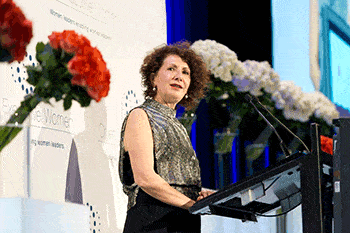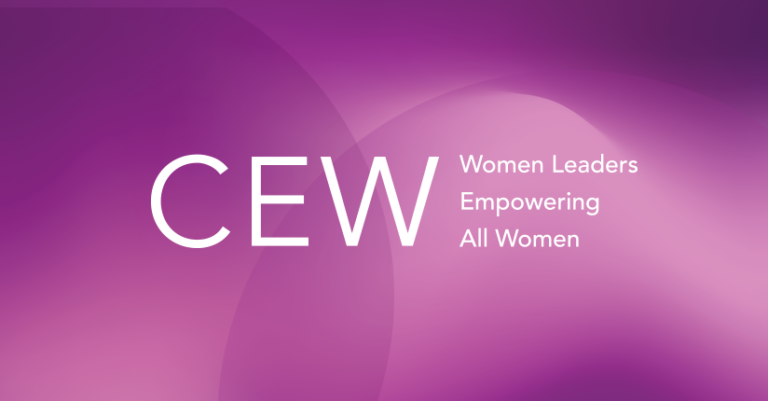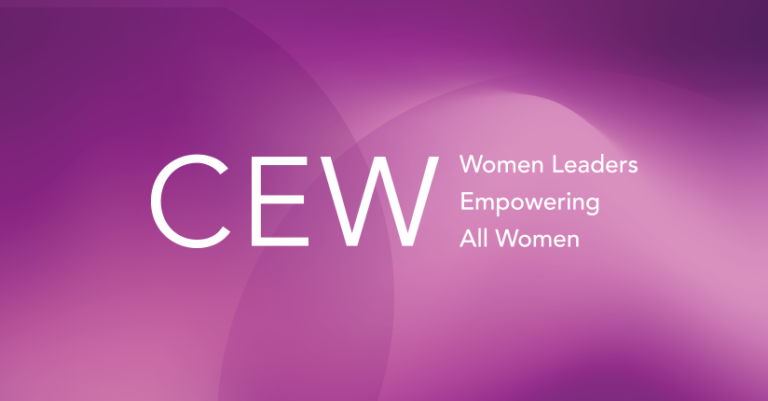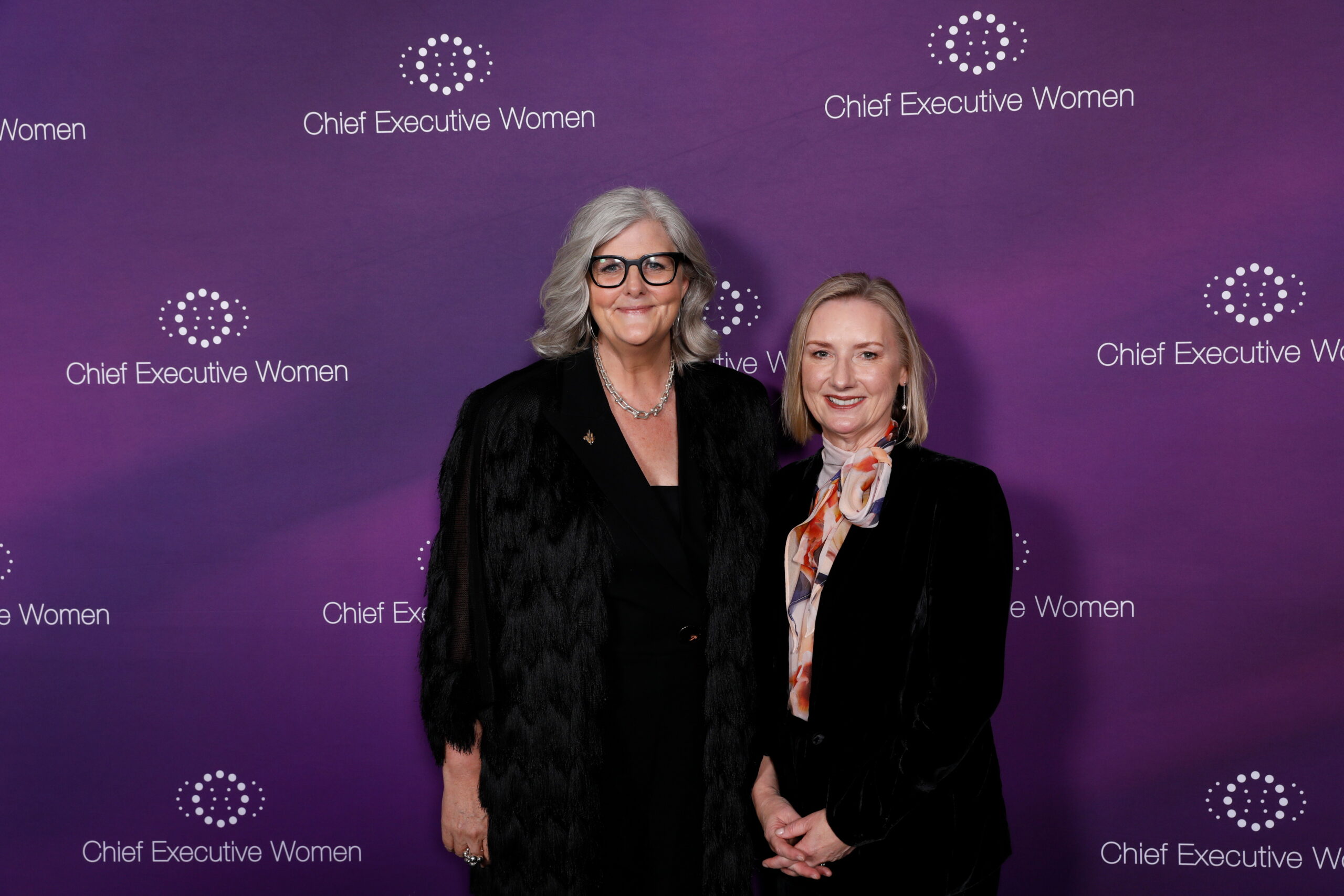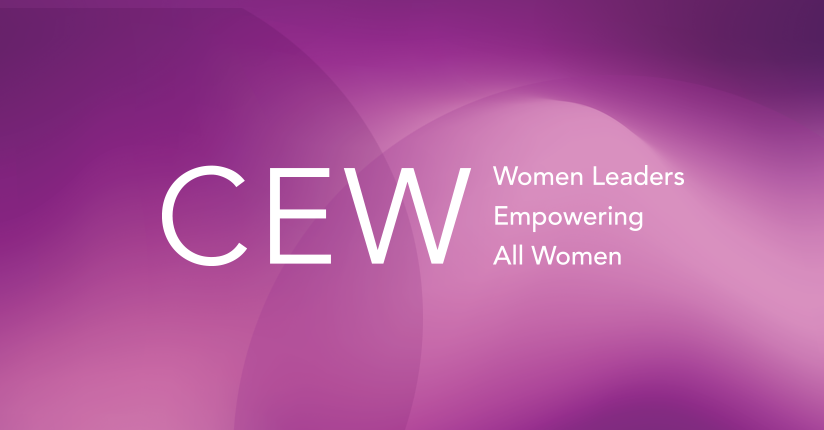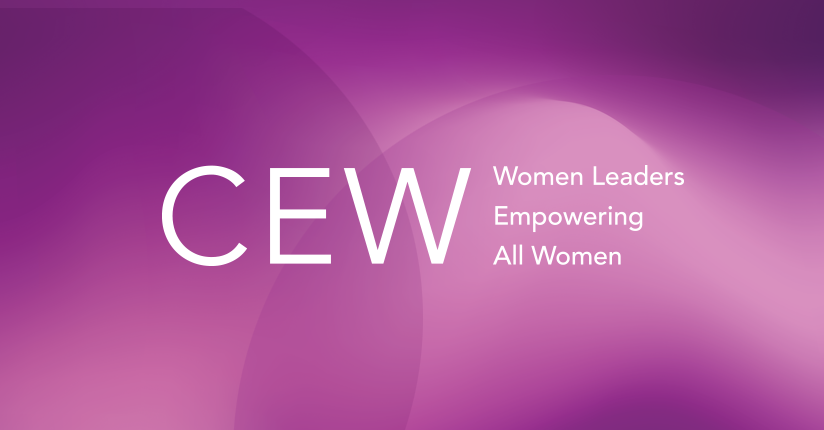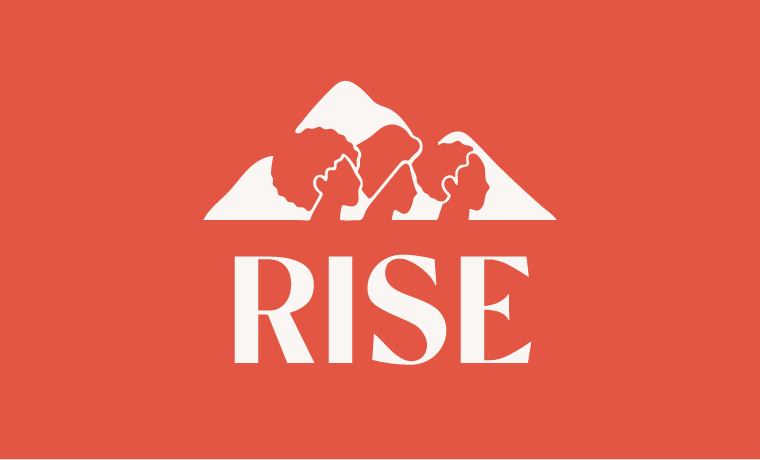There’s been a rush of bold leadership in Australia this past week. The Business Council of Australia set the ball rolling with the announcement of what some commentators see as the big, audacious goal of increasing the number of women in senior executive roles in its member companies to 50 per cent in the coming decade.
It is not overstating the matter to say the BCA set the business world alight with the announcement and publication of a series of 10 best-practice checklists to improve recruitment, selection and retention practices as a way of reaching their target.
A quick look at the numbers shows why the target seems audacious. The latest census of women in leadership conducted by the Workplace Gender Equality Agency shows that a mere 10 per cent of executive key management positions in ASX200 companies are held by women.
Some fuel was added to the fire by David Murray, the former Commonwealth Bank chief executive, who also described the target as unrealistic. And perhaps he was speaking for many male leaders who find compliance with diversity guidelines and targets all too hard because “that’s not the way we do things around here”.
But when in the same week you see some of Australia’s most powerful men sitting together on a Sydney stage to tell the world how they’ve joined forces as Male Champions of Change to “listen, learn and lead” on this issue, then the momentum away from Mr Murray’s view is strong.
The MCCs shared the results of a couple of years of batting around ideas and seeking guidance from their female peers – leaders such as our members at Chief Executive Women (CEW) – with the insights they lacked.
I applaud the BCA and the Male Champions of Change. It is certainly true that if you relied solely on the apparent progress in the past 30 years, they have indeed been audacious. But I’d like to introduce a slightly weary note. For many CEW members, the last couple of decades have seen much disappointment as we appeared to be making progress on increasing gender diversity, only to discover that progress was glacial.
I’m sure many in business – women and men – ask themselves why we can’t just move on; just take the next steps in Australia’s growth as a nation by tapping into the best talent we have.
Those of us who remember what corporate life was like for women 27 years ago when Chief Executive Women was founded, prefer to think of the 50 per cent target as realistic and achievable – not at all audacious.
Barbara Cail AO, CEW’s founding President, recalls: “The term ‘Women Leader’ was virtually an oxymoron in 1985 when I invited 16 people to form the networking group which is now CEW. In the 90s, Bob Joss came from the US to become the CEO of Westpac and immediately noticed the glaringly obvious. ‘Where are the women?’ he wanted to know as he surveyed a management hierarchy which was 98 per cent men. But Westpac was not an exception then.
“Men owned the power and most had difficulty seeing the need for a corporate cultural change where they could share power without diminishing themselves. The BCA report should be set to music!”
From the outset, CEW recognised that education was the key. And this was not only educating women to become leaders, which we do through an ever-growing scholarship program, but also to educate men to value women’s contribution to the bottom line and to Australia’s overall wealth. To that end, we have conducted a number of “CEO Conversations” with leading Australian organisations, including those led by Male Champions of Change, to talk through what really makes a difference. We do it pro bono because we believe it is vital to share our knowledge of how both men and women can thrive in an inclusive environment.
CEW simply does not accept that the 50 per cent target is unachievable. It just takes a different mindset and concerted effort by everyone in business. If Australian business is serious about remaining highly capable in this very complex environment, then chairmen, directors and CEOs need to embrace what is necessary or they will quickly find their companies completely irrelevant in their market place.
So I was delighted to witness the Male Champions of Change – some of the most senior men in Australian organisations – stand up and be counted. Not only did they publicly endorse what CEW has been promoting for decades, they also confessed to their past unconscious bias. I’m sure it was a very liberating experience for them.
The members of CEW will continue to talk about enabling women leaders whenever we can because clearly much still needs to be achieved. We, too, will tell our personal stories of struggling to achieve career success in the face of gender bias, conscious and unconscious.
It is only with this kind of leadership that Australia will bring about change which will benefit us all.
Christine Christian is the President of Chief Executive Women and the former CEO of Dun & Bradstreet. This article was first published in the Australian Financial Review on 12 November, 2013.
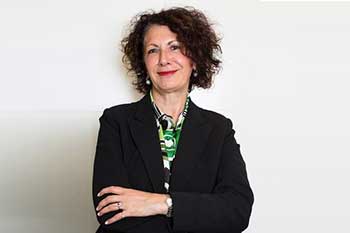
CHRISTINE CHRISTIAN
Christine Christian is Non Executive Company Director, ME Bank Limited, Lonsec Fiscal, Powerlinx Inc., State Library of Victoria

